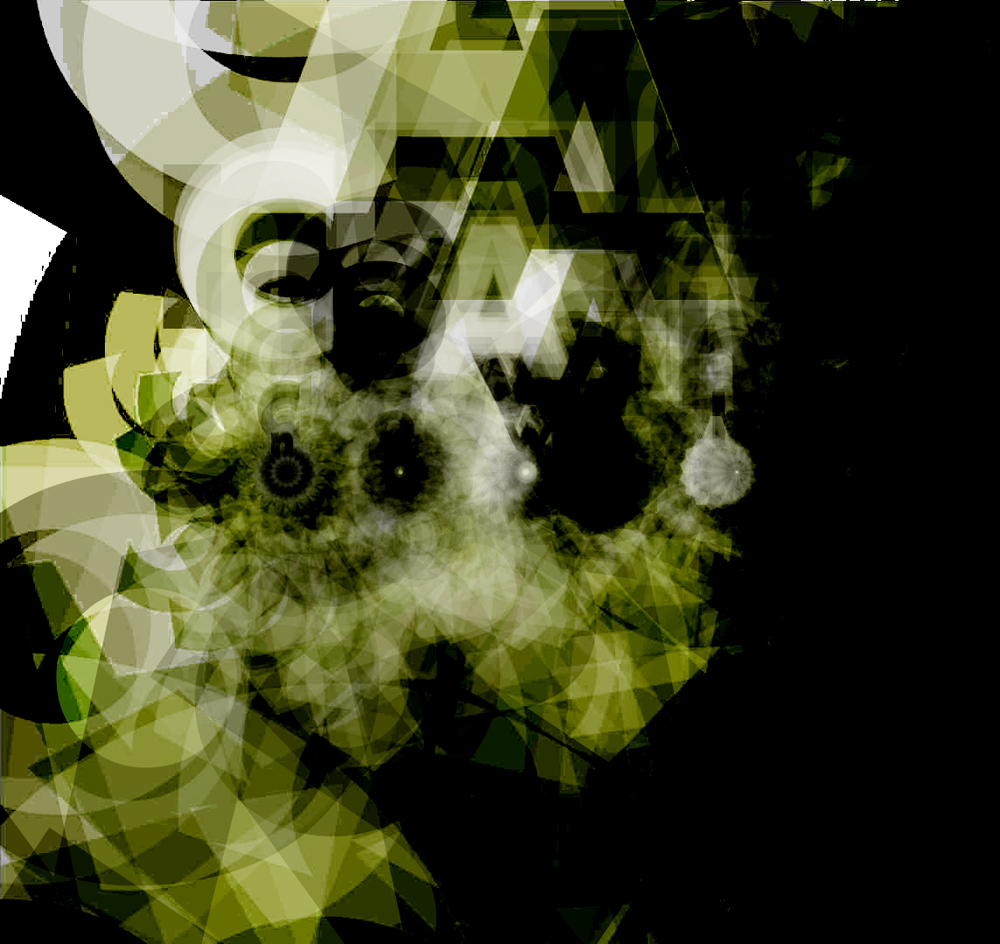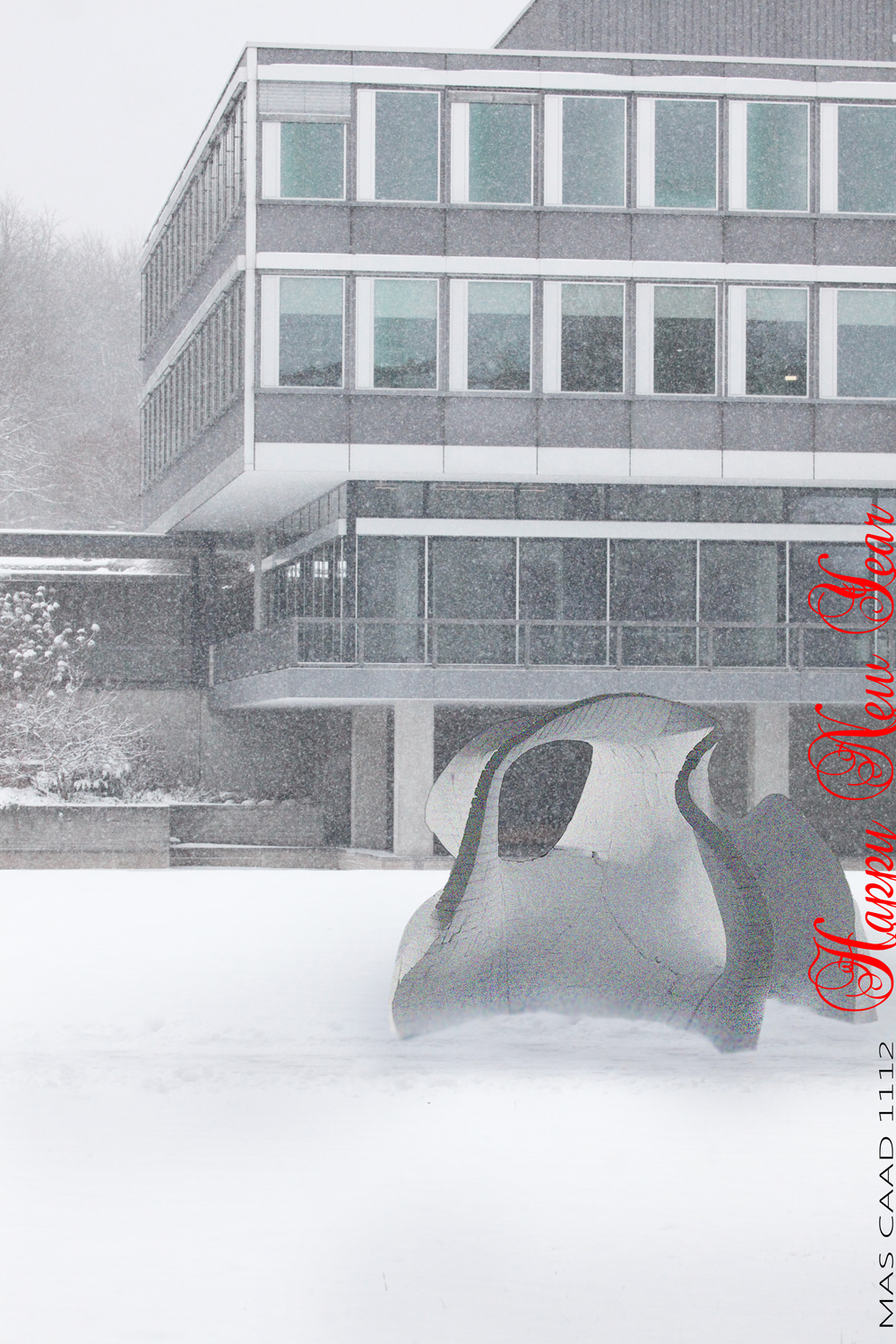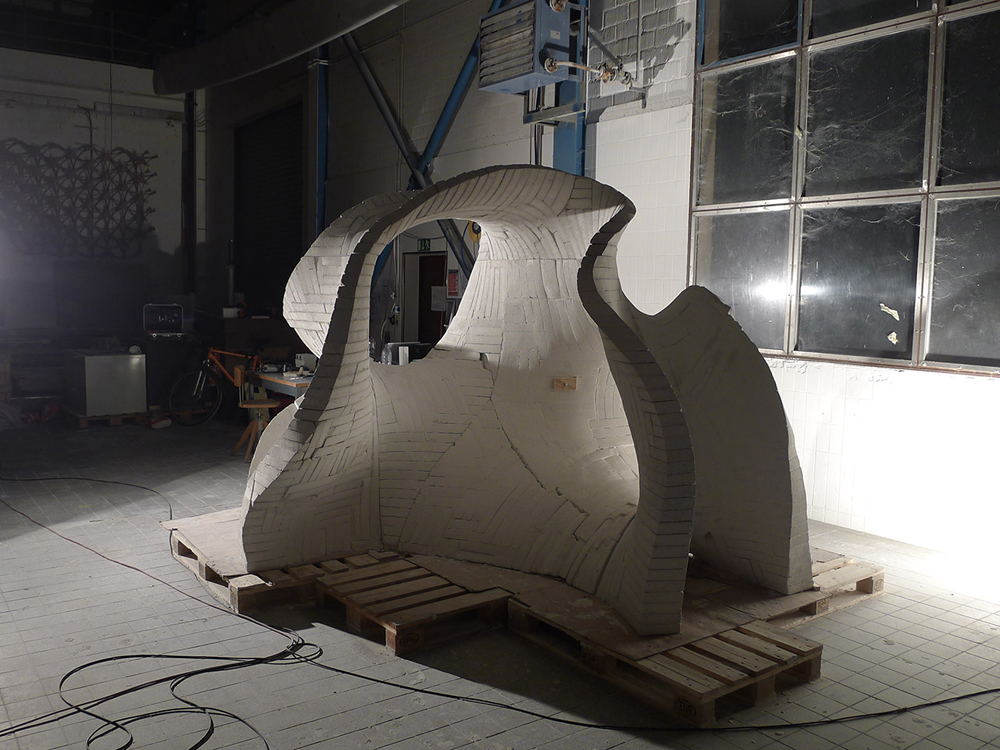Having experimented with processing on a medieval and renaissance environment, the next step was to proceed in the baroque and romantic era.
In romanticism everything gets coordinated, properties are put on the media and elements are orchestrated to each other. The ability to manage all these populations is given to us by the use of numbers on arrays, while swarms of elements can even be set free from rigid arithmetics.
Continue reading
GOT TIME FOR A LECTURE?
-
Tags
AADRL agents any of all artefacts behavior based sytems Bioplastics CAD/CAM CNC fabrication coding computation cybernetic thinking design & production Dye-sensitized Solar Cells Electroactive Polymers Electroluminescence ETH fabrication grammar identity information kuka logic London M5 Design Beyond the Problematic MAS 2012 Comix Series minimaforms minimal surfaces moiree pattern Population presentation processing programming rapid prototyping reaction diffusion S Schlieren Science City scripting soundscape Taiwan Teahouse trip weaving patterns workshop ytong
WP Cumulus Flash tag cloud by Roy Tanck requires Flash Player 9 or better.
Modules & Lectures
- Guest lectures
- M0 Welcome!
- M1 Theory and Information
- M2 Algorithmic Design / Fiction / Advanced Geometry Modelling
- M3 Connected Artefacts / Innovation / Mass Customised Production
- M4 Architecture and Information
- M5 Design Beyond the Problematic / Population / Buidling Operation Models
- M6 Customised Materials / Articulation / Building Information Models
- M7 Information and I
- M8_Final Thesis
- Uncategorized
- Upcoming lectures
Links









